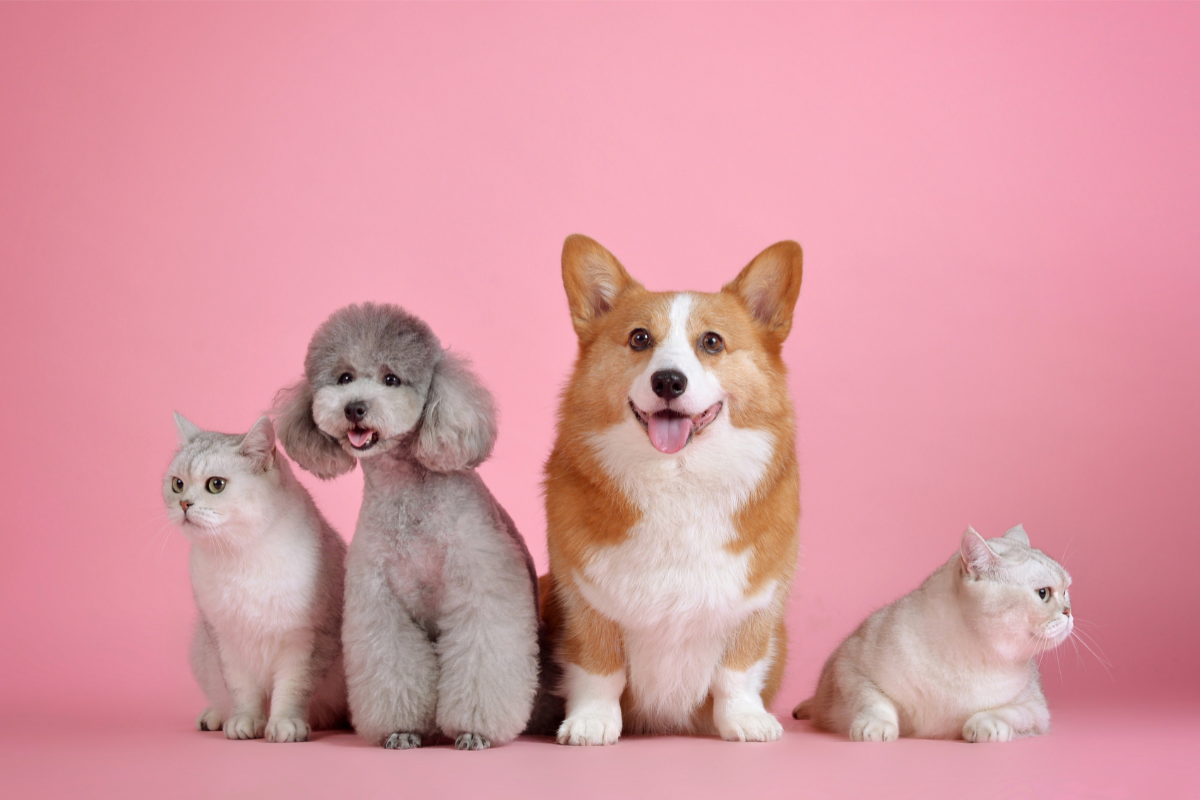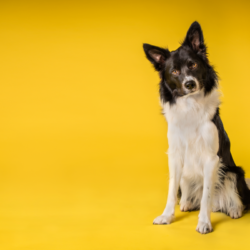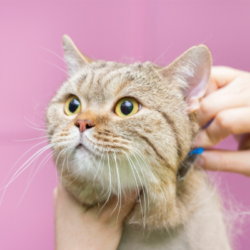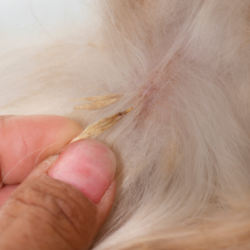Anxiety is a common problem among pets, especially dogs and cats. Like us, our four-legged friends can suffer from stress and anxiety for a variety of reasons. In this article, we’ll show you some natural remedies to help reduce anxiety in dogs and cats.
Why do our little companions suffer from anxiety? Stress factors in pets
It’s true that our pets can be just as anxious as we are. There are a number of factors that can cause anxiety in our cats and dogs. Here are some of the main reasons why our four-legged friends can experience stress:
Moving house: A change of environment is a major source of stress for both our pets and ourselves. Adapting to a new space, discovering new objects and smells, and moving away from familiar landmarks can cause worry and anxiety in our dogs and cats.
- Arrival of a stranger: Fear and/or the need to protect their territory can cause stress when a guest, baby or other pet arrives in the house. Pets need time to get used to the presence of new people and may feel threatened or unsettled at first.
- Travelling: Travelling by car, and especially by plane, can be stressful for our dog or cat because of the turbulence, the restricted space and, perhaps, previous trauma. Pets can be particularly sensitive to unusual movements and noises when travelling, which can cause anxiety and discomfort.
- Trauma: A particular situation can bring back bad memories, such as a car journey that ended in your pet being abandoned in the wild. Traumatic experiences for our pets can leave scars and cause anxiety when they are confronted with similar situations or elements that remind them of these events.
- Abandonment: Often leaving your dog or cat alone can also cause anxiety and can lead to trauma, as explained above. Pets need the presence and attention of their owners to feel safe and happy. The prolonged or repeated absence of their owners can lead to feelings of abandonment and anxiety.
How do you recognise a stressed dog or cat?
Anxiety in our four-legged friends manifests itself in different ways, depending on the situation they are faced with. Here are some of the most common signs to look out for:
- Back and forth: Your dog or cat is wandering around the house with no apparent purpose, as if desperate to escape but unable to do so.
- Lack of appetite : Stressed animals can develop eating disorders, stomach problems, etc.
- Bristling hair: This sign is particularly noticeable in cats and is often accompanied by a threatening cry. Bristly hair indicates a feeling of insecurity or fear.
- Apathy: This is particularly common in dogs. Apathy is manifested by a lack of interest, a loss of taste for life and no reaction when asked to take part in activities.
- Fear: This can be seen in a crouched position, ears folded back, a shifty look, little whimpers, shortness of breath… These signs indicate that the animal feels threatened or frightened.
- Aggression: Barking and shouting accompanied by threatening gestures are signs of aggression aimed at driving away the person, animal or object intimidating the cat or dog.
- Destruction: When a cat or dog feels abandoned, for example, it can get into mischief and become boisterous, breaking things around the house to vent its frustration.
What natural anti-stress products should we give our cats and dogs?
It’s important to look after our cats and dogs when they’re faced with anxiety or stress. Fortunately, there are several natural alternatives to help them relax and reduce their anxiety effectively.
- Massage: As with humans, there are specific areas to massage in our pets to help them relax and feel less anxious. Specialists can show you how to massage your pet appropriately to relieve their daily discomfort.
- Food supplements: On the market, it’s easy to find supplements and nutritional supplements designed to reduce stress in our pets. Researchers are constantly working to develop effective products. For example, hemp-based supplements can soothe emotional problems, and it’s also possible to buy anti-stress capsules specially formulated for dogs, or products suitable for both cats and dogs to manage their stress and anxiety. Flower remedies can also be invaluable.
- Music: According to a 2017 study by the Scottish SPCA and the University of Glasgow, soft rock and reggae are the two most popular genres of music for our canine friends. However, musical preferences vary from dog to dog and according to breed. The key is to find the music that appeals to your pet. You can do this by observing his body language and playing the music at a low volume to create a calm, soothing environment.
- Grooming: Spending 15 minutes brushing every evening can help relieve your pet’s stress. Brushing acts like a soothing caress and provides a sense of comfort. What’s more, it allows your pet to spend some quality time with its owner, strengthening the bond between you.
FAQ
- What is anxiety in dogs and cats?
Anxiety is a state of worry, nervousness or apprehension. It can be experienced by dogs and cats in response to certain situations or stimuli. It can be caused by a variety of factors. For example, separation, loud noises, environmental changes or traumatic experiences.
- What are the signs of anxiety in dogs and cats?
The signs of anxiety can vary from animal to animal, but some common behaviours include:
- Excessive barking, meowing or whining
- Trembling or shivering
- Prostration or compulsive licking
- Loss of appetite
- Inappropriate urination or defecation
- Attempts to escape or flee
- Destructiveness (chewing or scratching furniture, for example)
- How can I help my anxious pet?
There are several ways to help an anxious dog or cat:
- Consult a vet to assess your pet’s health. This will help you determine if there is a medical cause for the anxiety.
- Consider working with an animal behaviourist to identify and resolve anxiety triggers.
- Provide a calm, secure environment with hiding places and comfortable resting areas.
- Maintain a daily routine to minimise changes and surprises.
- Use soothing pheromones, interactive toys or special clothing to reduce stress.
- Reinforce positive behaviour with rewards and encouragement.
Source:
- https://www.ccspca.com/blog-spca/education/anxious-dog/
- https://www.ncbi.nlm.nih.gov/pmc/articles/PMC7022433/
- https://www.ncbi.nlm.nih.gov/pmc/articles/PMC9863568/





